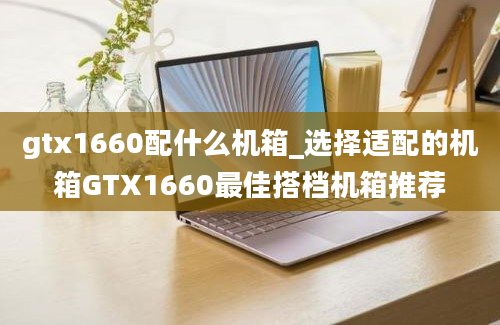Introduction
When it comes to choosing a processor, one of the key decisions for consumers is the interface the processor uses. Intel processors have long been known for their wide range of interfaces, each offering unique advantages for different types of users. In this article, we will explore the various interfaces offered by Intel and why they are considered so superior.
Thunderbolt: The Versatile Interface

One of the standout interfaces offered by Intel is Thunderbolt. Thunderbolt is known for its lightning-fast data transfer speeds, reaching up to 40 Gbps. This makes it ideal for users who require high-speed connectivity for tasks such as video editing, file transfers, and more. Additionally, Thunderbolt supports daisy-chaining multiple devices, providing a seamless and efficient user experience.
USB-C: The Ubiquitous Connector
Another popular interface supported by Intel processors is USB-C. USB-C has gained widespread adoption due to its versatility and convenience. With its reversible design, users no longer have to worry about plugging in their devices the wrong way. USB-C also supports fast data transfer speeds and can deliver power, making it a go-to choice for a wide range of devices, from laptops to smartphones.
PCIe: The High-Performance Interface
Intel processors also support PCIe (Peripheral Component Interconnect Express), a high-performance interface commonly used for connecting graphics cards, solid-state drives, and other high-bandwidth devices. PCIe offers significant advantages in terms of speed and bandwidth, making it essential for users who demand top-tier performance from their systems.
HDMI: The Multimedia Interface
For users who prioritize multimedia capabilities, Intel processors support HDMI (High-Definition Multimedia Interface). HDMI allows users to connect their devices to displays, TVs, and projectors with ease, delivering high-quality audio and video signals. Whether you are a content creator, gamer, or simply a movie enthusiast, HDMI provides a seamless multimedia experience.
Wi-Fi: The Wireless Connectivity
Intel processors also offer support for Wi-Fi connectivity, allowing users to connect to the internet and local networks without the need for cables. Wi-Fi technology has evolved over the years, with the latest standards supporting high-speed connections and improved reliability. Intel's integration of Wi-Fi capabilities ensures that users can stay connected wherever they go.
Conclusion
In conclusion, Intel processors offer a wide range of interfaces that cater to different user needs and preferences. Whether you require high-speed data transfer, versatile connectivity options, top-tier performance, multimedia capabilities, or wireless connectivity, Intel has you covered. The superior interfaces supported by Intel processors make them a top choice for consumers looking for a reliable and efficient computing experience.
Choosing the right interface for your needs is essential to getting the most out of your Intel processor. Consider your usage requirements and preferences to determine which interface would best suit your computing needs.

 为什么网上至强主机这么便宜_为何网上至强主机价格低廉
为什么网上至强主机这么便宜_为何网上至强主机价格低廉 i5 4590为什么这么火_为何i5 4590如此受欢迎
i5 4590为什么这么火_为何i5 4590如此受欢迎 b150主板为什么这么贵_为何B1主板价格昂贵
b150主板为什么这么贵_为何B1主板价格昂贵 淘宝diy电脑为什么这么便宜_淘宝DIY电脑为何如此经济实惠?
淘宝diy电脑为什么这么便宜_淘宝DIY电脑为何如此经济实惠? 英特尔e5是什么接口的cpu_英特尔e5是什么接口的cpu及其性能特点
英特尔e5是什么接口的cpu_英特尔e5是什么接口的cpu及其性能特点 英特尔10代cpu接口是什么_英特尔10代CPU的接口揭秘
英特尔10代cpu接口是什么_英特尔10代CPU的接口揭秘 英特尔6500什么接口_英特尔60高速接口性能突破创新领域
英特尔6500什么接口_英特尔60高速接口性能突破创新领域 硬盘共振是什么_了解硬盘共振它是什么以及为何这么重要
硬盘共振是什么_了解硬盘共振它是什么以及为何这么重要



